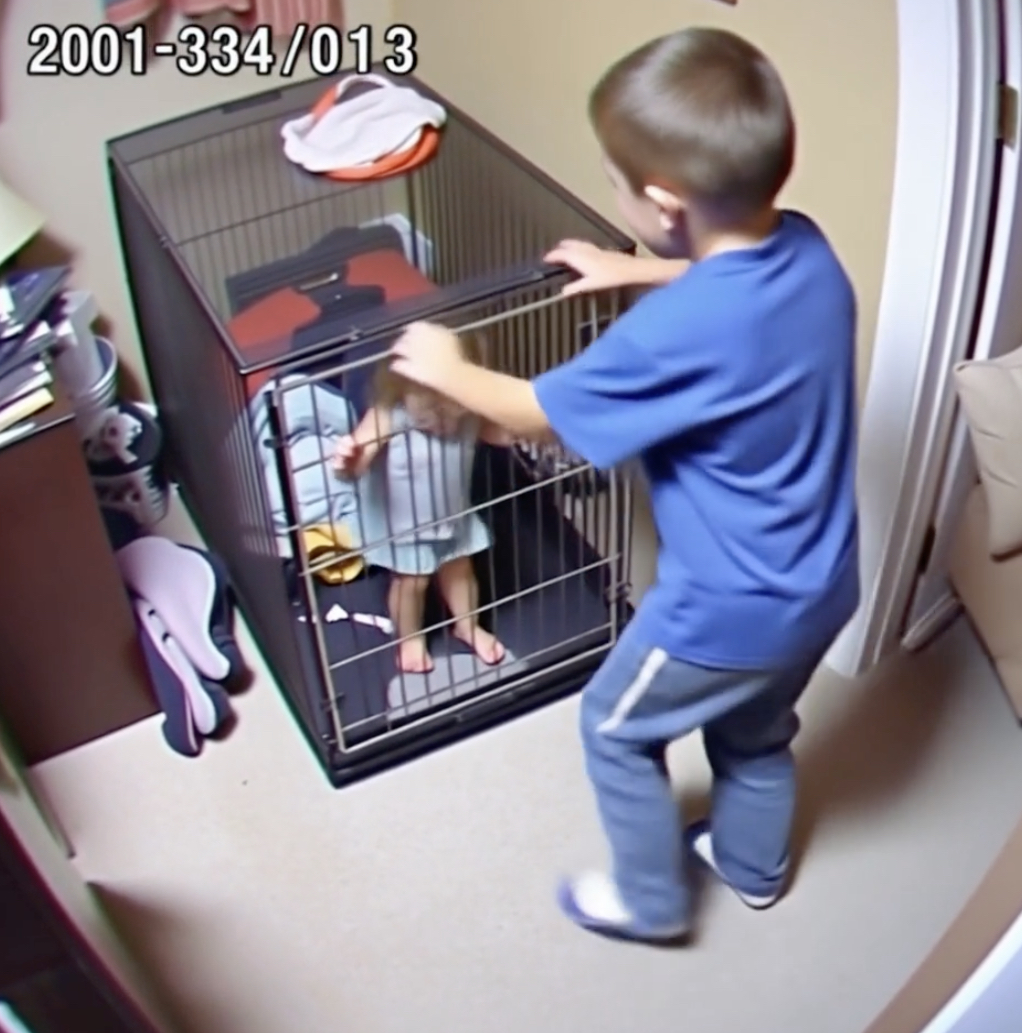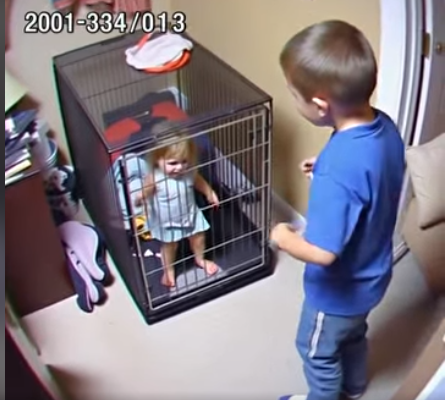 Kelsie, still unfazed, shrugged and said, “It’s fine. Kids need to learn how to negotiate and solve problems on their own. It builds character.” Her words were like ice cubes down my spine, chilling me with their indifference.
Kelsie, still unfazed, shrugged and said, “It’s fine. Kids need to learn how to negotiate and solve problems on their own. It builds character.” Her words were like ice cubes down my spine, chilling me with their indifference.
I couldn’t believe it. My daughter was locked in a cage—a dog crate, no less—and this was some sort of life lesson? I felt anger and disbelief mixing a volatile cocktail within me.
I quickly knelt down, my hands trembling slightly, and unlatched the crate. Ellie crawled out, her little body tense as she clutched onto me. “Mommy, it was dark,” she whispered, her voice small and scared. The anger inside me flared up again, protective and primal.
“Why didn’t you get her out when she said she didn’t want to play anymore?” I asked Kelsie, trying to keep my voice steady, though my insides were anything but. I was a volcano, ready to erupt.
Kelsie put her phone down, finally giving us her full attention. She sighed, as if I was the one being unreasonable. “They need to learn to stick to decisions, even if they’re uncomfortable,” she explained, sounding like she was reciting a college textbook. “It’s part of their development.”
Development? I couldn’t believe what I was hearing. No development should involve locking a child in a cage. It was absurd. This wasn’t teaching resilience; it was teaching fear and helplessness.
I took a deep breath, trying to gather my thoughts. “Kelsie,” I began, keeping my voice as calm as possible for the sake of the kids, “this isn’t about building character. This is about Ellie feeling safe and respected. I trusted you with my children, and this… this is not what I expected.”
Kelsie shrugged again, seemingly unfazed by my words. “Your choice,” she replied, looking back at her phone as if the conversation was over.
But it wasn’t over—not by a long shot. I knew I had to stay composed, at least for Ellie’s sake. I turned to my twins, forcing a smile. “Hey, how about we go outside and play for a bit?” I suggested, hoping to lift the weight of the moment.
Ellie’s face lit up with relief, and she nodded eagerly. Her brother joined in, a little less aware of the gravity of the situation but happy to be included nonetheless. As they scampered toward the garden, I took one last look at Kelsie.
“It’s time for you to go,” I said firmly, my voice leaving no room for argument.
She stood up, collected her things without a word, and left. I watched her go, feeling a mix of anger and relief. My mind was racing with what-ifs and could-have-beens, but I pushed them aside. My focus needed to be on Ellie and her brother now, on making them feel safe and loved.
As we played outside, the sun warming our faces, I hugged them a little tighter than usual, vowing silently to never let anything like this happen again. I had learned a harsh lesson that day about trust and vigilance, one I wouldn’t soon forget. And as the laughter of my children filled the air, I hoped they’d learn to trust the world again too, one safe step at a time.



